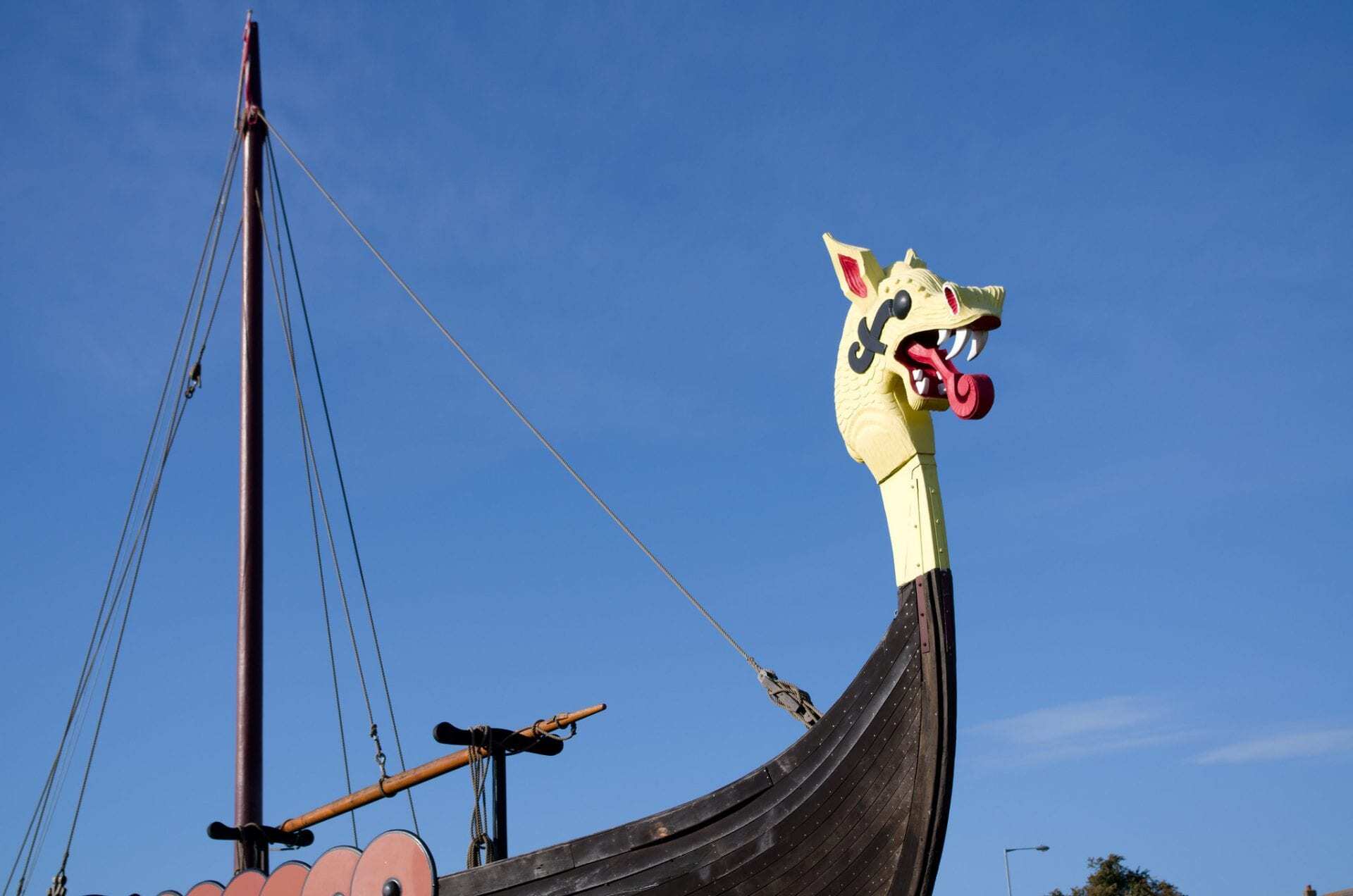Archaeologists have discovered a lost Viking waterway that ran through the Orkney mainland, connecting the North Atlantic with the Scapa Flow, where Vikings are believed to have anchored their longships.
The Vikings settled in Orkney and the mainland during the late 8th century and became a key area of power for the Norse Earls from the 9th to the 12th century. Orkney remained in Norwegian possession until the 15th century, when the islands were handed to Scotland as part of a dowry settlement.
The study, by the Universities of the Highlands and Islands, St Andrews and Wales conducted a series of remote sensing geophysical mapping and sediment samples, in conjunction with the systematic research of place names throughout the mainland that had Old Norse connections.
Researchers investigated some of the names that have sea or boat connotations used for places that today are far inland in central Orkney. Names such as Greenay, meaning shallow waters or Knarston, (Old Norse knarrar staðir), derived from the words for a transport vessel (Old Norse knörr) and farm or homestead (Old Norse staðir) where these vessels were moored.
The geophysical data revealed a series of infilled channels that extended north from the Loch of Harray, to the lochs of Sabiston and Boardhouse towards the Earls seat of power in Birsay. Due to heavy agricultural activity and artificial drainage works over the last few centuries, the waterway was physically obscured from view until now.
The waterway provided a shallow routeway to navigate through the island and haul heavy goods such as grain. The study provides new insight into the transfer of goods and people in the west of mainland Orkney and perhaps enables historians and archaeologists to find more evidence of water transport in the Viking Age and Late Norse period in the Isles. Similar waterways have been discovered elsewhere in Scotland, in sites such as at Rubh an Dunain in Skye.
Dr Alexandra Sanmark of the Institute for Northern Studies, University of the Highlands and Islands said: “I am delighted with the outcome, as multiple pieces of written and landscape evidence suggested the existence of the waterway. The results will be used in our continued study of how the Norse used and organised the landscape of Orkney.”
University of the Highlands and Islands
Header Image Credit : John Sheldon





